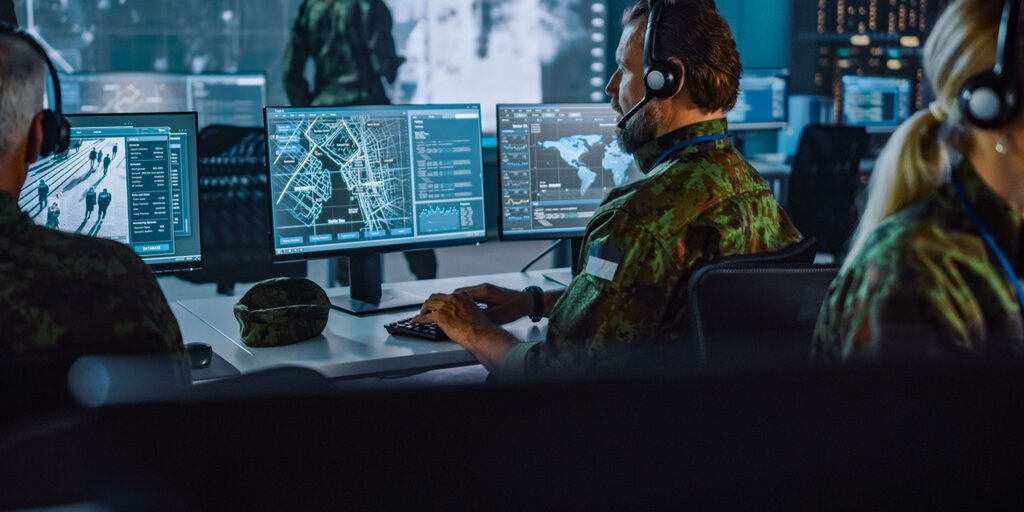
As the conflict in Gaza and Israel continues, the Israeli Defense Force (IDF) showcased its AI-powered targeting management systems that they said have been active around the clock since the surprise terrorist attack on Israel by Hamas on October 7.
The AI-enhanced system, its name translated as “The Gospels,” quickly processes up-to-the-minute intelligence to generate recommendations that human analysts then review.
“This is a plan to make intelligence fully accessible to the brigade and division echelons and to close circles of fire immediately with the help of artificial intelligence systems,” an IDF spokesperson said, according to a Google translation of an interview published by the agency.
The IDF said the targeting system supports various intelligence units, including Israeli Air Force Intelligence, Naval Intelligence, and the Southern Command Intelligence Center.
“We do not compromise on the quality of the product and intelligence, and create targets for precise attacks on infrastructure affiliated with Hamas, “causing great damage to the enemy and minimal harm to non-involved civilians,” the IDF spokesperson claimed.
“We work uncompromisingly in defining who and what an enemy is,” he continued. “Operatives of the Hamas terrorist organization are not immune, wherever they hide.”
Even though the IDF says the system is designed to minimize civilian harm, The Guardian reports that the system has also been used to generate recommendations targeting the private homes of individuals suspected of being Hamas or Islamic Jihad operatives. According to the publication, the IDF has amassed a database of over 30,000 suspected militants.
According to the IDF, the AI-powered system has been used to identify 15,000 potential targets in Gaza in addition to thousands of other suspected terrorist targets since the war with Hamas began. This figure potentially doubles the number of sites in the war with Hamas in 2014, which hit 5,000 and 6,000 targets, The Guardian reported.
With AI becoming more ubiquitous, militaries worldwide have looked for ways to leverage the emerging technology on the battlefield. Beyond its use in war, the U.S. government also uses artificial intelligence to monitor the airspace around Washington, D.C.
In November, The U.S. government announced efforts to establish global standards for the responsible use of artificial intelligence and autonomous systems in military operations.
“The United States has been a global leader in responsible military use of AI and autonomy, with the Department of Defense championing ethical AI principles and policies on autonomy in weapon systems for over a decade,” Undersecretary of Defense for Policy, Sasha Baker, said in a statement. “The political declaration builds on these efforts. It advances international norms on responsible military use of AI and autonomy, provides a basis for building common understanding, and creates a community for all states to exchange best practices.”
Earlier this year, Kratos Defense participated in a joint exercise with the U.S. military to test the ability of its experimental AI-powered XQ-58A Valkyrie to fly in formation with other U.S. Air Force fighters.
The Valkyrie uses AI technology designed by San Diego-based Shield AI, which sees bringing AI to the battlefield as a way to save lives and deter bad actors.
“I really highlight the shield part of Shield AI,” Shield AI Director of Engineering Willie Logan previously told Decrypt. “By giving the United States this capability, [Shield AI] is providing a deterrence.” Logan cautioned that even if the United States said it won’t develop AI tools for war, that does not mean other countries won’t.
Edited by Ryan Ozawa.








